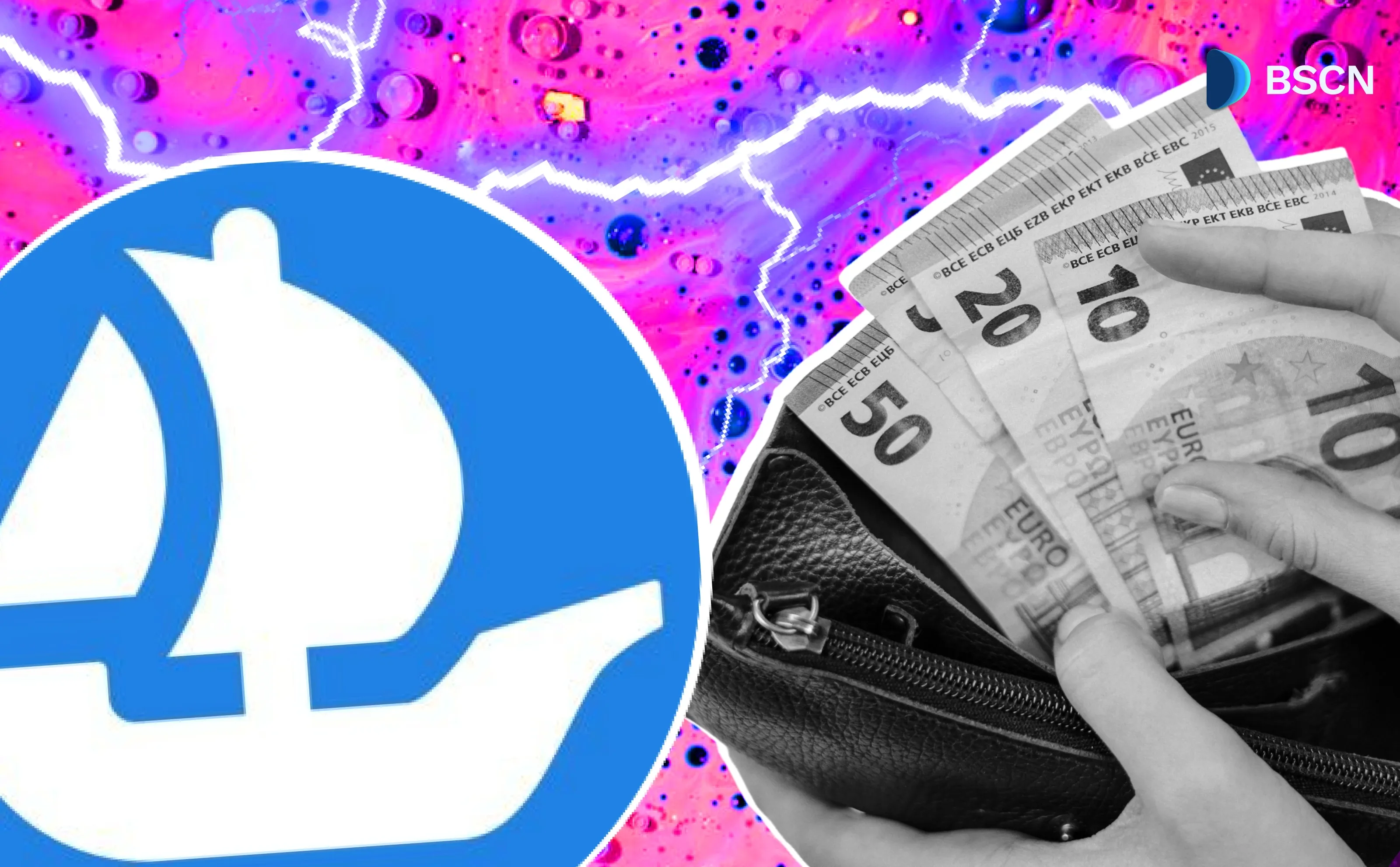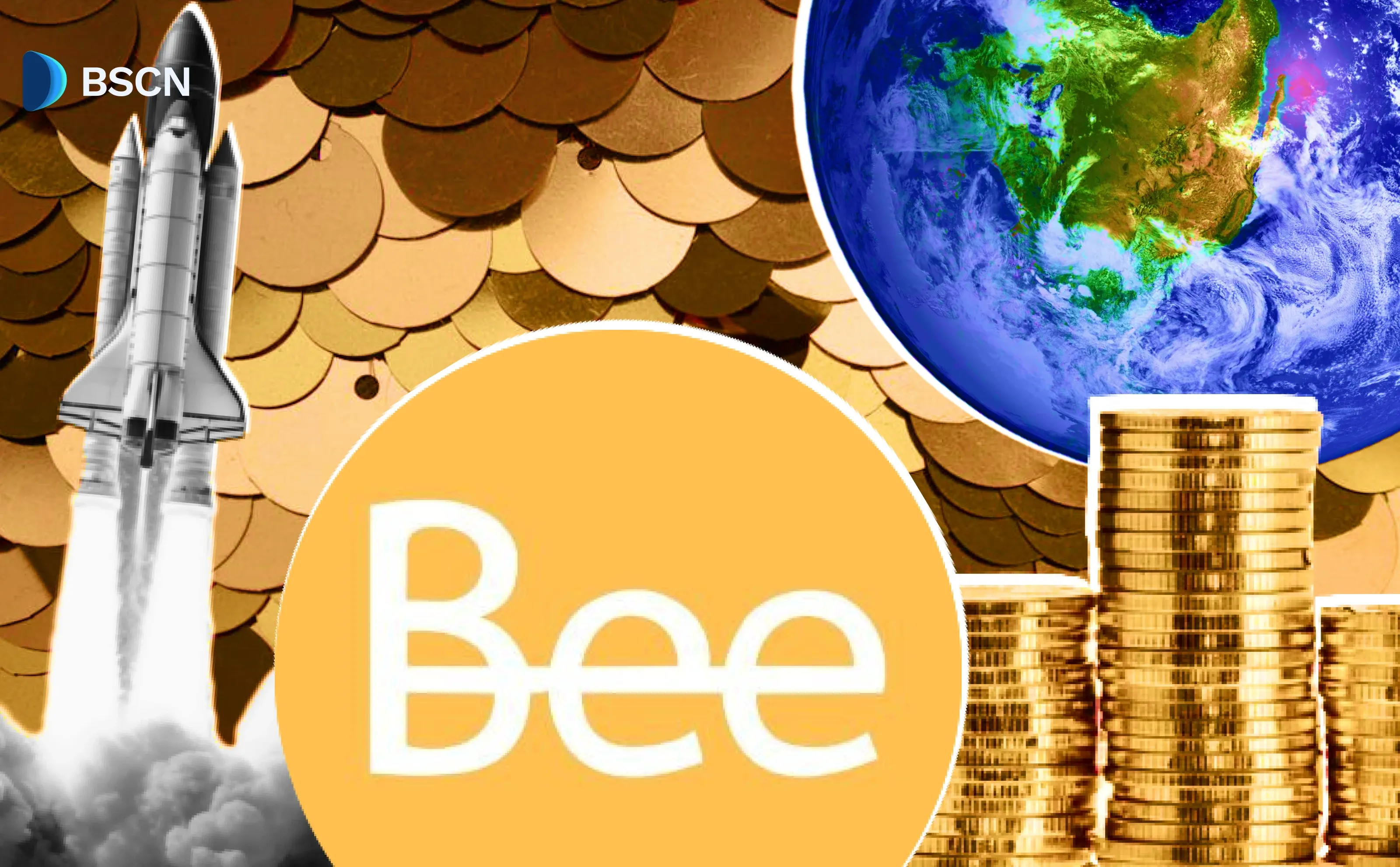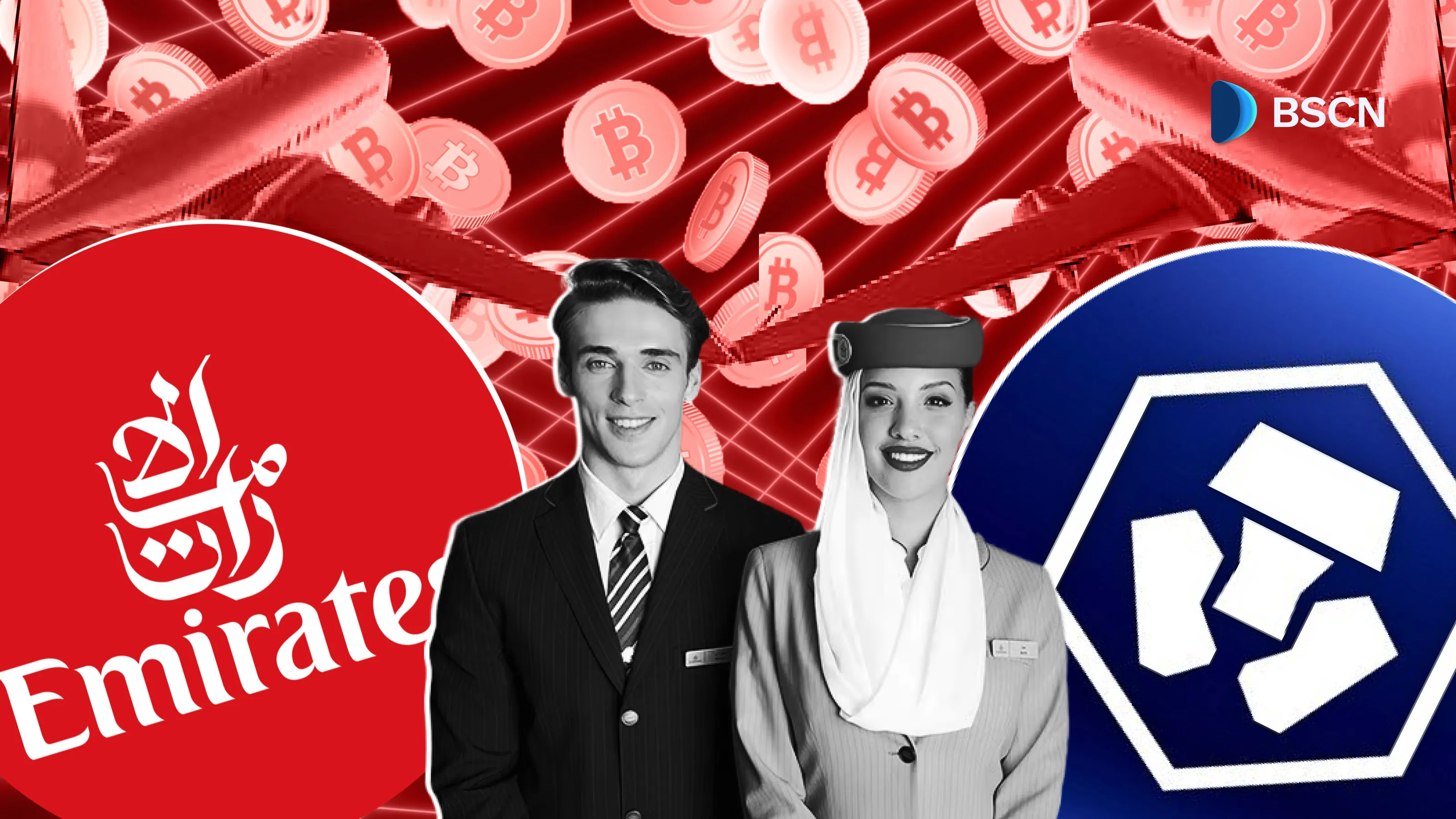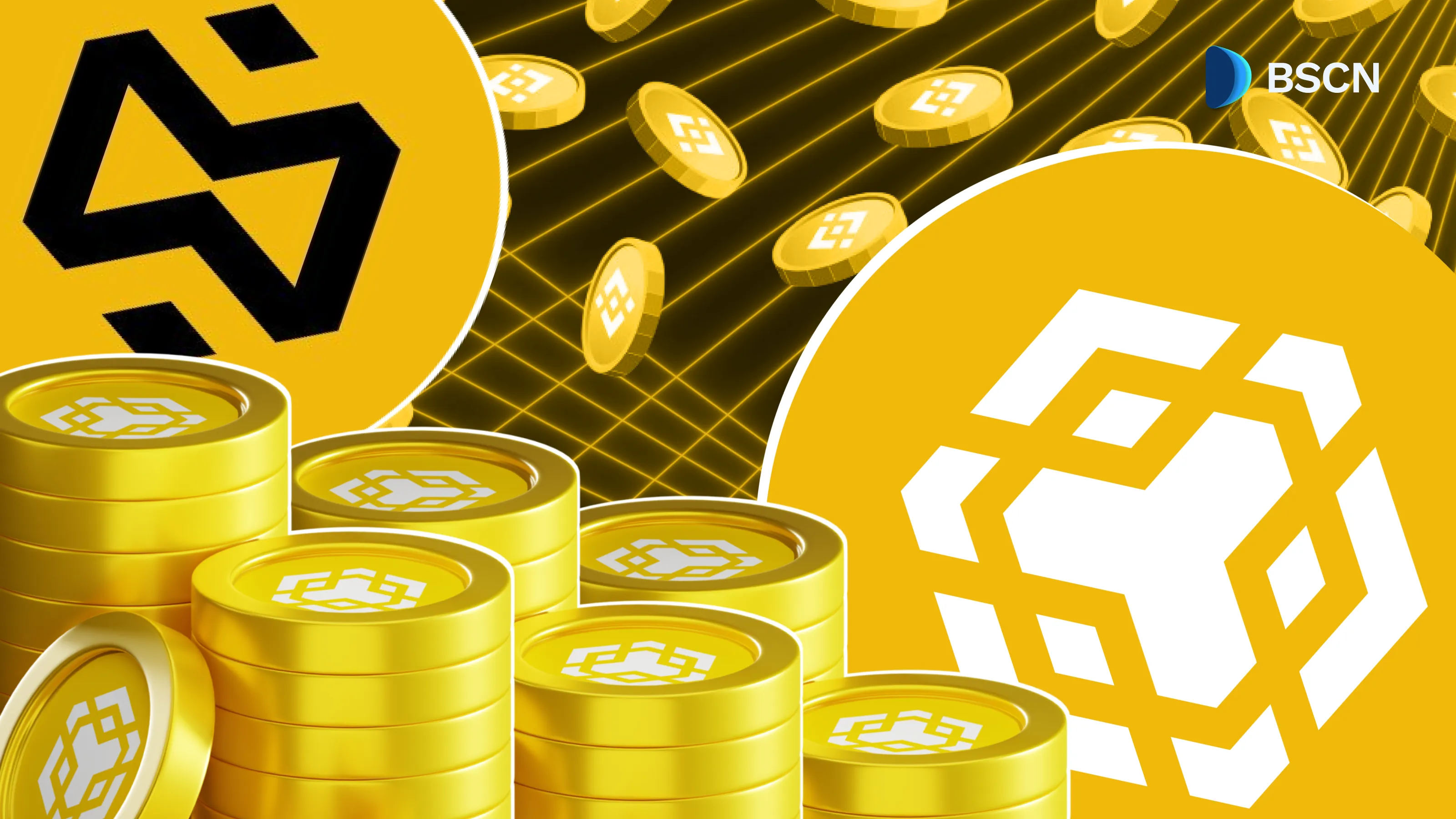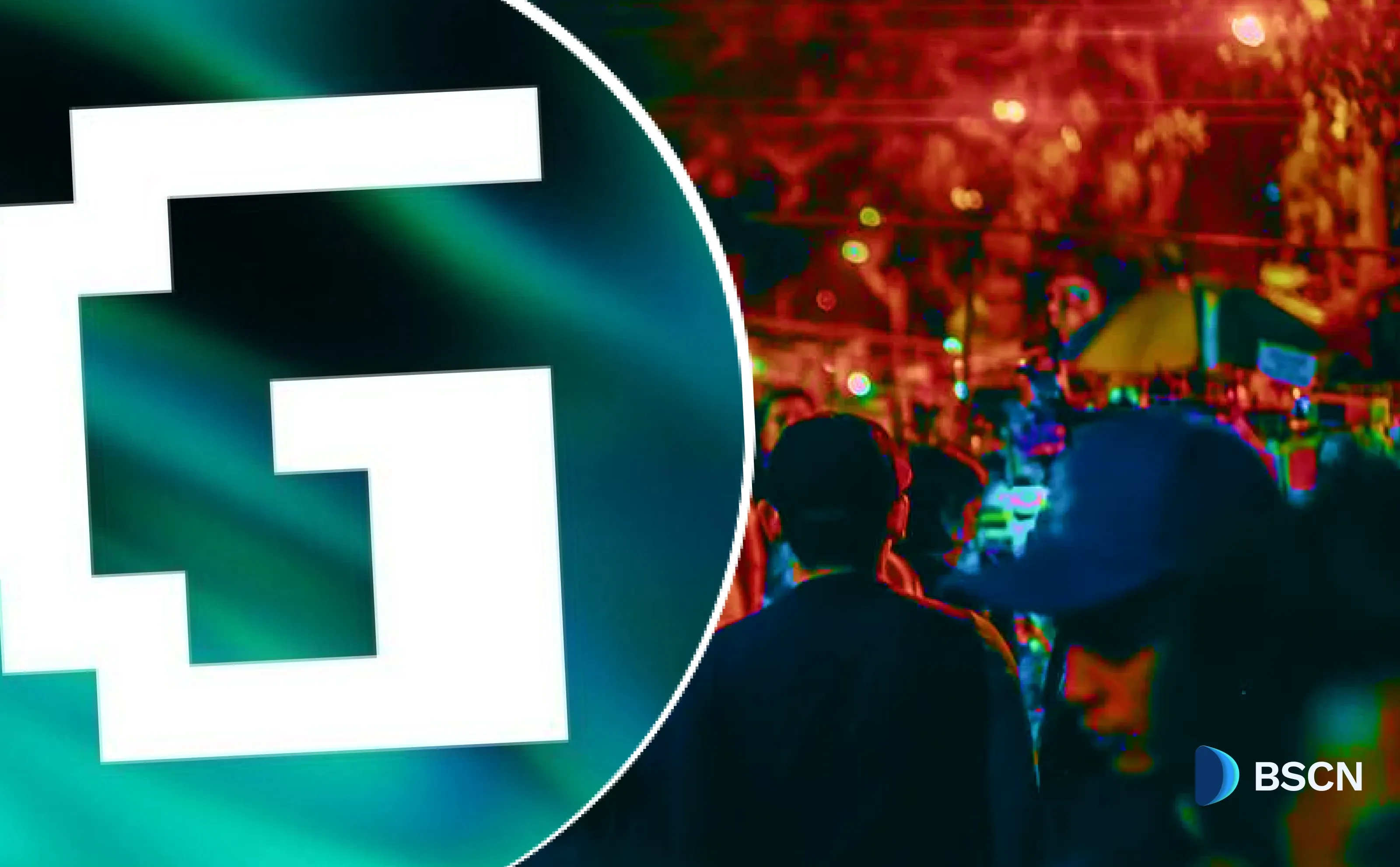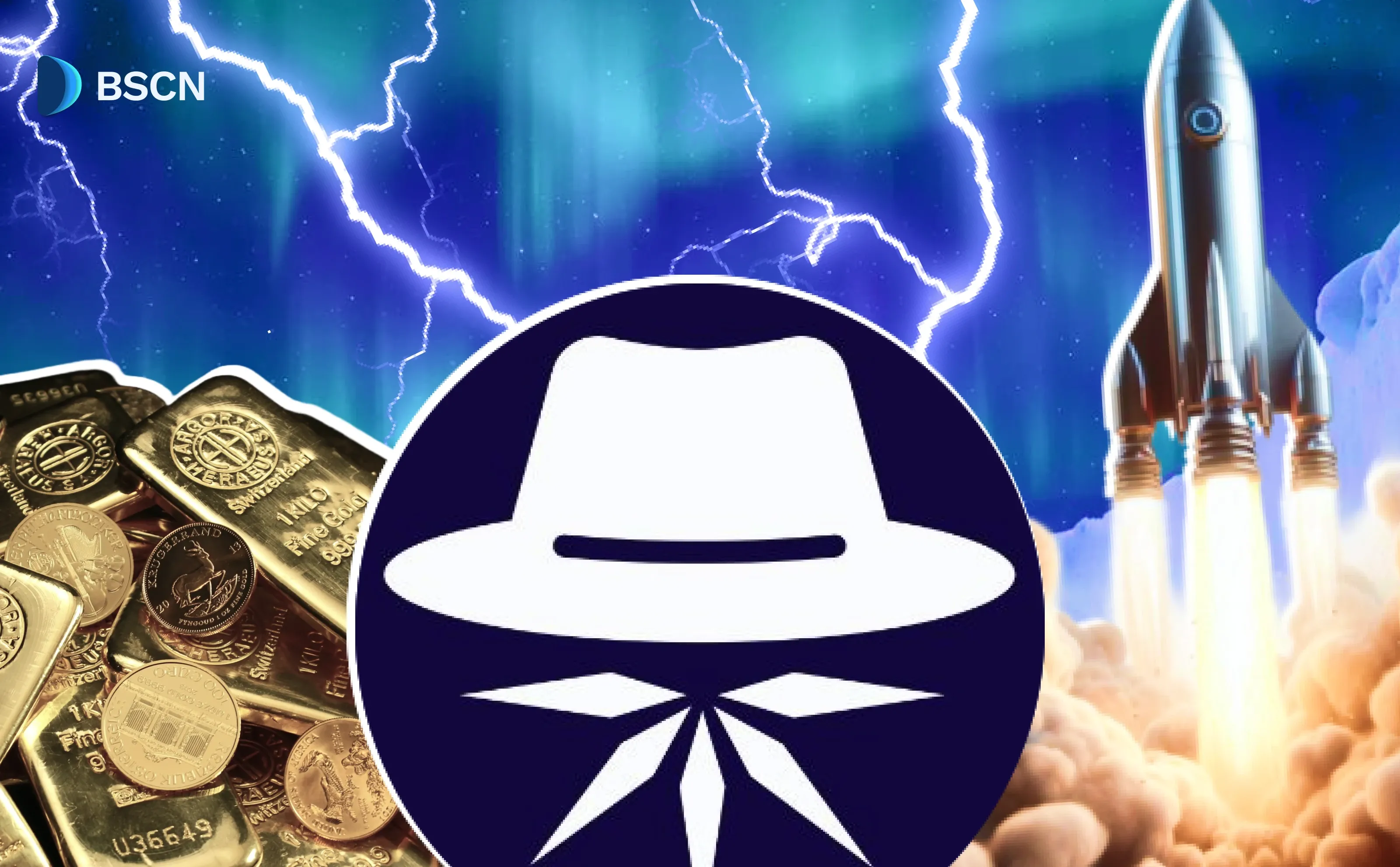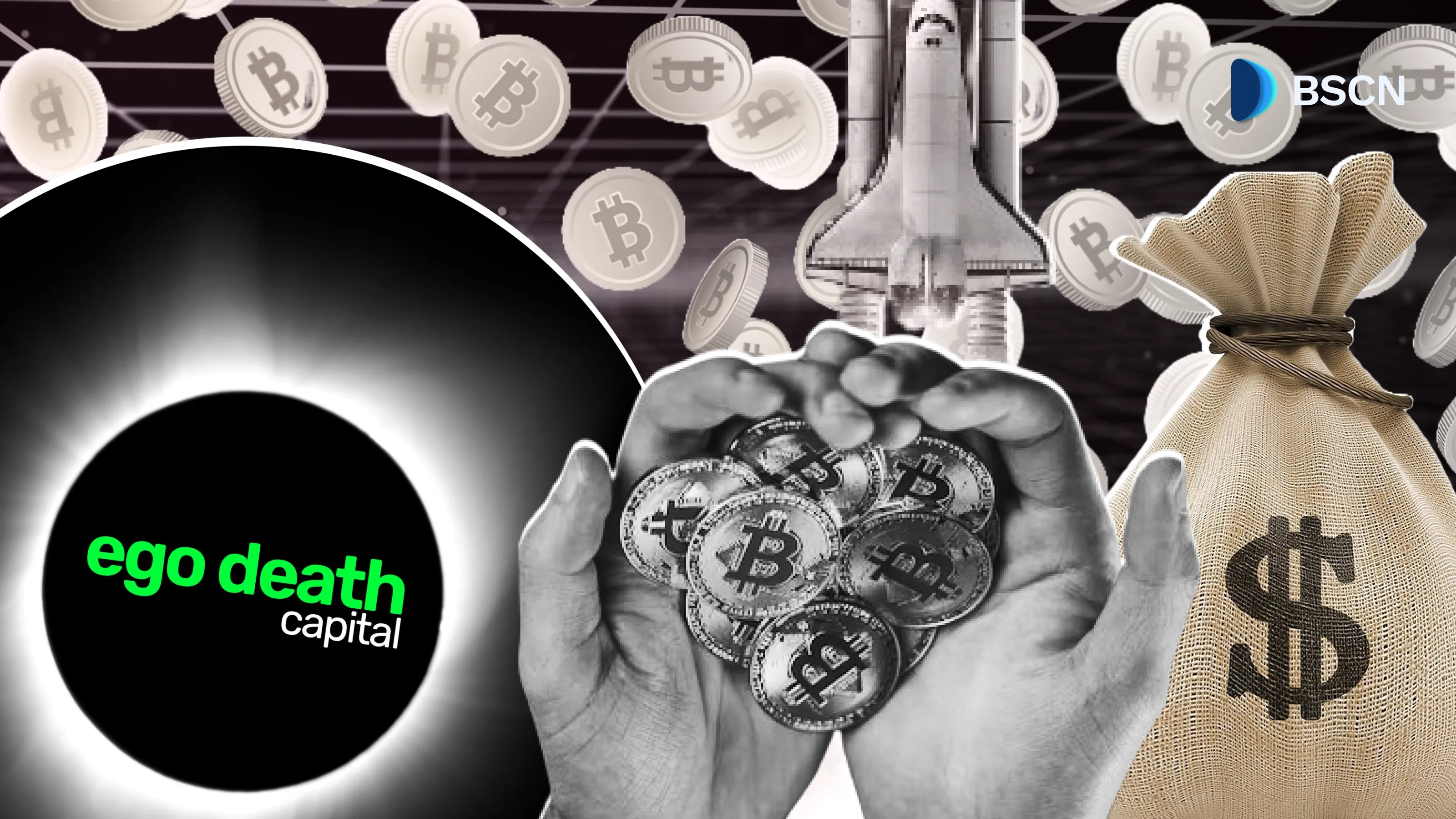WEB3
The Present and Future of Layer 2 Roll-ups by ConsenSys

ConsenSys gives a breakdown of Layer 2 roll-ups, particularly ZK-rolls-ups and where the space is headed in the third Build section of the 2023 CMC Crypto Playbook
BSCN
February 7, 2023

An Overview of Layer 2 Roll-ups
Over the past few years, Layer 2 (L2) rollup solutions have come to the forefront as activity on the Ethereum network has grown. Activity and engagement with non-fungible tokens (NFTs) and Decentralized Finance (DeFi) have caused a surge in Layer 1 (L1) blockchain activity. In turn, the demand for blockspace, represented by gas costs, has increased. And the time for transaction finality has risen due to the increased network load. Whilst the Ethereum Merge set the groundwork for future gas fee optimizations; it did not directly reduce transaction gas fees.
In the year between the summer of 2020 and the peak demand in the summer of 2021 gas cost in Gwei on the Ethereum network increased by up to 1300%. The need to make transactions fast and affordable spurred the creation of two primary forms of rollup: Optimistic and Zero-Knowledge (ZK).
Rollups help remove the computational demands on the Ethereum network by moving transaction processing off-chain, converting them into a single piece of data and then submitting back on Ethereum as a batch to reduce the associated cost and time. The big difference between the two is that Optimistic roll-ups utilize fraud proofs, whereas ZK-rollups rely on zero-knowledge proofs to verify changes to the main chain.
Optimistic and ZK-rollups: Fraud Proofs vs Validity Proofs
Fraud proofs bundle transactions off-chain and then repost them to the L1. After a bundle has been submitted on the L1 there is a challenge period, during which anyone can challenge the result of the roll-up by computing a fraud proof. Similarly, zero-knowledge proofs batch transactions off-chain and submit them as a single transaction. Where they differ is rather than assuming the transactions are correct initially, they use a validity proof to instantly prove whether the transactions are valid. Once the transactions have been confirmed as valid they are then submitted to the L1. This is how they derive their respective names - fraud proofs are where the transactions are checked retrospectively to see if there are any fraudulent transactions, whereas validity proofs are completed before the transactions are submitted to the L1.
Whilst there are prominent projects for both, they each come with their own respective benefits and drawbacks. Optimistic roll-ups have the advantage that fraud proofs are only required when there is an issue. This means they require less computational resources and are able to scale well. The trouble lies with the challenge period. A longer challenge period increases the likelihood that any fraudulent transactions are identified, however, it also means that users have to wait longer to withdraw their funds. For leading optimistic rollup solutions, such as Arbitrum and Optimism, this waiting period can last up to a week. Alternatively, ZK-rollups have the advantage of always reflecting a correct L2 state. Their drawback is that proofs are required for all state transitions, rather than solely when they are contested, which limits scalability. This is further compounded by the complex nature and early stage of the technology.
Despite their respective challenges, ZK-rollups are being heralded as the future for roll-ups. This is primarily due to the automatic generation of validity proofs increasing the security of the protocol, the significantly reduced time to withdraw due to there being no challenge period, and that ZK-rollups boast better data compression. For these reasons, we will hone in on the current state of the ZK-rollup space, the latest innovations, and what lies ahead in the future.

The ZK-Rollup Space
As we’ve discussed, ZK-rollups are predominantly in the focal point with players like zkSync, Starknet, Polygon zkEVM, and Scroll all raising large amounts of capital to develop their solutions despite only StarkNet having launched on mainnet ($780MM in total). Each of these projects has taken its own angle, differing primarily across their rollups data availability strategy and their proving algorithm. The data availability strategy determines where the state data of a roll-up is stored, on-chain storage has increased security but it uses up block space on the Ethereum network which reduces transaction throughput.
The proving algorithm is the means of generating a validity proof, which can either be STARK or SNARK. Both of these algorithms help developers to relocate computation and storage off-chain, in turn increasing scalability. They are also able to verify whether a user has sufficient funds and the correct private key without having to access the information itself, thus improving the security. You can read more about the technical differences here. STARKs have the advantage of offering more scalability, security, and transparency compared to SNARKs. But the drawback STARKS have is a larger proof size, which takes longer to verify, and that SNARKs comparatively only use 24% of the gas. Therein for both SNARKS and STARKS we have the tradeoff between speed and cost vs. scalability, security, and transparency. Whilst many different methods are being explored there is not yet a definitive answer as to the best way to set up a ZK-rollup. Each configuration brings respective benefits and many developers are still exploring the optimal choice or combination for their roll-up designs.
The Hurdles To Overcome
As we’ve discussed, ZK-rollups are still in development and there are various challenges that need to be overcome before blockchain users are able to reap their full benefits. Language compatibility is one such challenge; translating Ethereum Virtual Machine (EVM)-friendly programming languages, such as Solidity, into a custom-built language specifically optimized for ZKP can help boost their efficiency, but it brings with it adoption challenges for developers. For example, StarkNet is looking to solve this with Warp, a Solidity to Cairo (the language of StarkNet’s ZKP) language compiler that looks to automatically convert Solidity into Cairo. Using Warp removes the need for developers to rewrite their code in Cairo, making it a much smoother process.
Other challenges include the secretive nature of projects, with many going against the open-source ethos of crypto due to concerns over first-mover advantage and capturing a sticky userbase. Most ZK-rollups were first launched this year, highlighting the amount of work that is yet to be done in the space.
Lastly, whilst rollups (both optimistic and zero-knowledge) have the benefits of improved speed and cost, it tends to be at the expense of decentralization. This is due to the inherent need for sequencers, the actors batching transactions and committing proofs to the L1. All rollups currently need a centralized sequencer and use upgradeable smart contracts that are managed by a single entity. Because the space is still so early, a central focal point is typically required for quick fixes to bugs in the code. Add to that the projects aren’t open-sourced, creating another hurdle for community members to act as sequencers. Many projects have indicated that they plan to decentralize their sequencer functions in the future, but this will undoubtedly take additional resources and time.
Decentralization Plans
Launching a token and open-sourcing code will be the next steps for many of the projects seeking decentralization. Tokenization of these services to generate activity and decentralize the product is another area where we expect to see a myriad of different solutions cropping up as projects look to create the most scalable, decentralized and active L2 on the market. StarkWare and zkSync are both planning to launch a token and Polygon could potentially use MATIC to support Polygon’s zkEVM initiative. Token engineering on ZK-rollups is an even more nascent space than the optimistic roll-up technology and finding an effective and sustainable model can differentiate and boost adoption.
The Future
zkEVMs are still in their very early stages and the race is on to launch on mainnet. StarkNet has the first-mover advantage but still has challenges with regard to supporting Solidity features due to the use of Cairo, leaving room for competitors to make improvements. The projects that are able to amass significant user bases will attract Decentralized Applications (Dapps) developers, in turn bringing more dapps to their platform and increasing the feature set. ConsenSys’ zkEVM is currently moving to testnet and are focussing specifically on dapp developers for this reason, leveraging tools like MetaMask, Infura and Truffle so that they can deploy and manage applications as if they were directly using Ethereum.
And whilst we have discussed the current players in the zkEVM market, other predominant rollup solutions like Polygon, Optimism, and Arbitrum still command a significant market share. As zkEVM solutions mature, we may see these projects look to transition to validity proofs or hybrid solutions, leveraging their existing user bases to attract dapp development and maintain their market dominance. In the end, the many rollup solutions (and the increased competition between them) will continue to improve the web3 user experience and introduce platforms for applications to onboard the next generation of users.
Given these threats, we’re not surprised at the secrecy of projects in the space, but we believe the true winner will be able to leverage the efficiency of ZK-rollups and combine it with a seamless developer and user experience to come out on top.
This is a guest post from CoinMarketCap with Consensys and has been edited for style. The original article was published here and was also included in the third Build section of the 2023 CMC Crypto Playbook.
What is CoinMarketCap:
CoinMarketCap is the world's most-referenced price-tracking website for digital assets in the rapidly growing cryptocurrency space. Its mission is to make crypto discoverable and efficient globally by empowering retail users with unbiased, high-quality, and accurate information for drawing their own informed conclusions.
Where to find CoinMarketCap:
Website | Twitter | Telegram | LinkedIn |
What is ConsenSys:
ConsenSys is a leading Web3 software company. It enables developers, enterprises, and people worldwide to build next-generation applications, launch modern financial infrastructure, and access the decentralized web. The ConsenSys product suite includes Infura, Quorum, Codefi, MetaMask, Truffle, and Diligence.
Where to find ConsenSys:
Website | Twitter | Discord | LinkedIn |
Latest News
Crypto Project & Token Reviews
Project & Token Reviews
Comprehensive reviews of crypto's most interesting projects and assets
Learn about the hottest projects & tokens
Latest Crypto News
Get up to date with the latest crypto news stories and events
